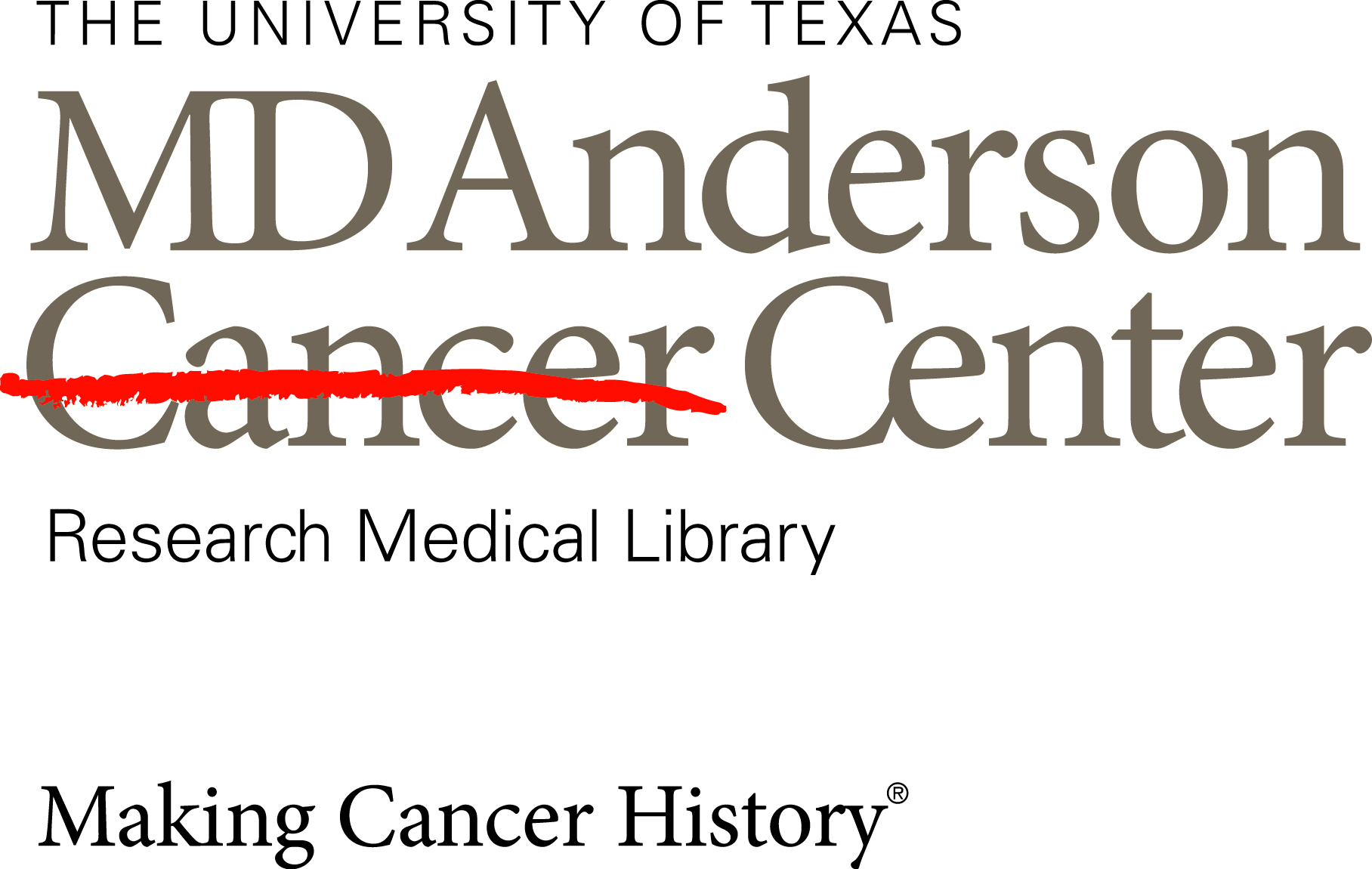
Read the Agenda! For copies of the presentations, see the MD Anderson website
Physician burnout in academic health centers has risen steadily over the past two decades, with the majority of today's physicians experiencing emotional exhaustion and other symptoms of job burnout. This crisis affects not only the health of individual physicians, but also patients, students, and the health care delivery systems as a whole.
Many organizations try to solve their burnout problem by assisting physicians with individual solutions, such as resiliency and vitality training. While helpful, these approaches merely address symptoms and not the root organizational drivers of burnout. The drivers of burnout are first experienced in medical school and continue throughout a physician's training and career and include work overload; loss of job autonomy; increased time spent in documentation, clinical inefficiencies, uneven training between clinicians and administrators; and a cultural shift from health values to corporate values. In academic health centers, these drivers of burnout are further exacerbated by additional factors, such as loss of academic time and the increased size of the administrative workforce.
Born out of the Faculty Advisory Council's Health Affairs Committee, The University of Texas System's Symposium entitled "Beyond Resiliency Training: Organizational Strategies to Alleviate Burnout and Increase Wellness in Academic Medicine" was held on September 25-26, 2017 in Houston at the MD Anderson Cancer Center.
For an extensive collection of video interviews with presenters and attendees, conference information, and symposium presentations, please visit this link: http://www3.mdanderson.org/library/hrc/burnout.html

Resources:
Carr, P.L., Gunn, C.M., Kaplan, S.A., Raj, A., & Freund, K.M. (2015). Inadequate progress for women in academic medicine: Findings from the national faculty study. Journal of Women's Health, 24(3).
Corrice, A.M., Fox, S., & Bunton, S.A. (2011). Retention of full-time clinical M.D. faculty at U.S. medical schools. Analysis in Brief, 11(2), 1-2. Washington, DC: Association of American Medical Colleges.
E. Levi. (2017, May 13). The Dark Side of Doctoring [Web log post]. Retrieved from: https://ericlevi.com/2017/05/13/the-dark-side-of-doctoring/
E. Levi. (2017, May 17). The Dark Side Awakens [Web log post]. Retrieved from: https://ericlevi.com/2017/05/17/the-dark-side-awakens/
Holleman, W. (2016). Married to medicine: My ménage à trois. Medpage Today Professional.
Hollemanm, W. (2017). The physician burnout epidemic: Causes, consequences, and cures.
Liu, C. Q., & Morrison, E. (2014). U.S. medical school full-time faculty attrition. Analysis in Brief, 14(2). Washington, DC: Association of American Medical Colleges.
National Academy of Medicine Action Collaborative on Clinician Well-Being and Resilience
Wai, P.Y., Dandar, V., Radosevich, D.M., Brubaker, L., & Kuo, P.C. (2014). Engagement, workplace satisfaction, and retention of surgical specialist in academic medicine in the United States. American College of Surgeons.


